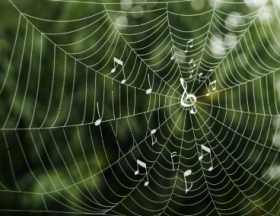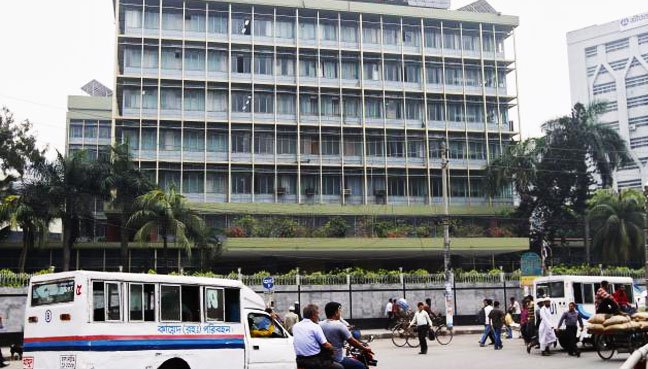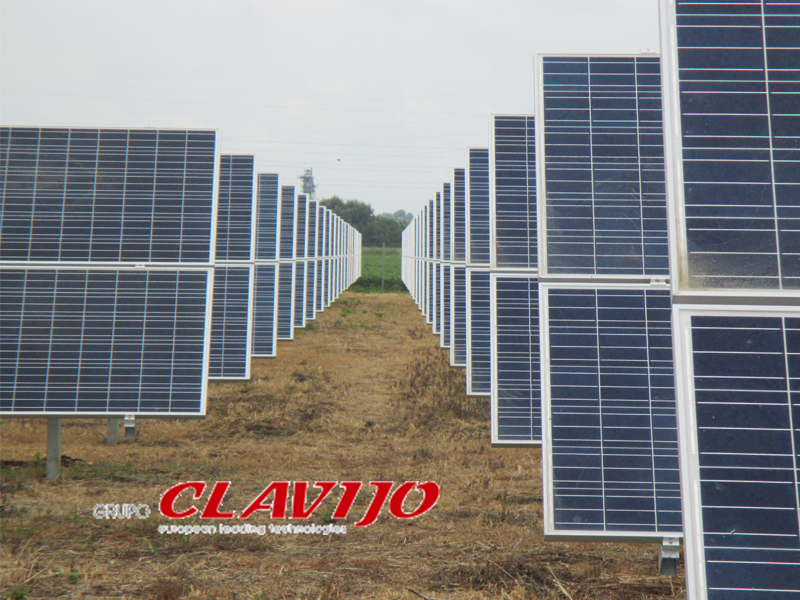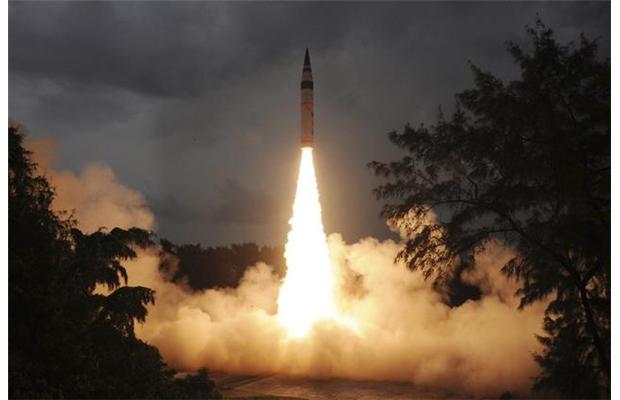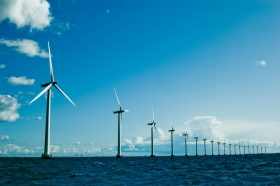 Plans for large commercial-scale wind farms have been on the table for years, but constantly held up by environmental permitting issues, financing concerns, or local objections based on aesthetics. States like New Jersey, Rhode Island, Delaware, and Massachusetts all have offshore wind projects that have yet to commence.
Plans for large commercial-scale wind farms have been on the table for years, but constantly held up by environmental permitting issues, financing concerns, or local objections based on aesthetics. States like New Jersey, Rhode Island, Delaware, and Massachusetts all have offshore wind projects that have yet to commence.
At the American Wind Energy Association’s annual conference this week, two major offshore wind developers have announced progress in their attempts to build America’s first offshore wind farms. Those two companies, Providence, RI-based Deepwater Wind, and Cape May, NJ-based Fisherman’s Energy are taking their projects to the next phase.
Deepwater Wind has a number of projects on the table, but are planning for their wind farm near Block Island to be the first in the nation. At the industry conference, they announced the purchase of new large, radically-redesigned wind turbines from the German corporation, Siemens. Five six-megawatt turbines will be bought for the proposed $205 million project. According to Deepwater CEO, William Moore, “Believe it or not, the first offshore wind farm will probably happen in little Rhode Island.”
Not if Fisherman’s Energy has its way. The groundbreaking for its own six-turbine, $250 million wind farm near Atlantic City, NJ may likely be sometime later this year. They want to begin soon in order to take advantage of a federal subsidy that will likely expire. Also, the state of New Jersey is pushing for this project, as it will meet expectations of the Offshore Wind Development Act, a NJ law that calls for a 25-megawatt pilot project. According to the venture’s director of project development, Rhonda Jackson, “I don’t like to say we’re going to be first, but we have a good shot.”
For both projects, agreements have been made with public utilities which will distribute the power created. These power purchasing agreements are essential for any large energy project to take off. Both projects have federal and state support, as well as a majority of public support.
Another major development at the industry conference which is equally and perhaps more important, was the announcement of the Atlantic Wind Connection, a proposed undersea transmission line that would run from the Virginia coast all the way to the Northern New Jersey coast. This proposed wind “backbone” would serve as a connection to the grid for all future offshore wind projects.
The transmission line project has several owners including Good Energies and Google. It cleared an important hurdle in March when it gained approval from the Federal Energy Regulatory Commission. Now regional grid operators, vendors, and suppliers are all starting to come together to make it a reality. The undersea cable, weighing 70 pounds per foot will be buried four to six feet below the benthic surface so as not to affect wildlife or affect scallop and clam digging operations.
Notables at the conference included Governor Martin O’Malley of Maryland and secretary of the interior, Ken Salazar. Mr. Salazar lauded the nascent industry, saying that the energy potential for offshore wind on the US East coast is so great that it could produce more electricity than the country’s entire onshore wind-generating capacity. The US is the world leader in installed land-based wind farms, but has zero offshore. The questions is, who will get the distinction of being the first in the nation.
Source : ENN























